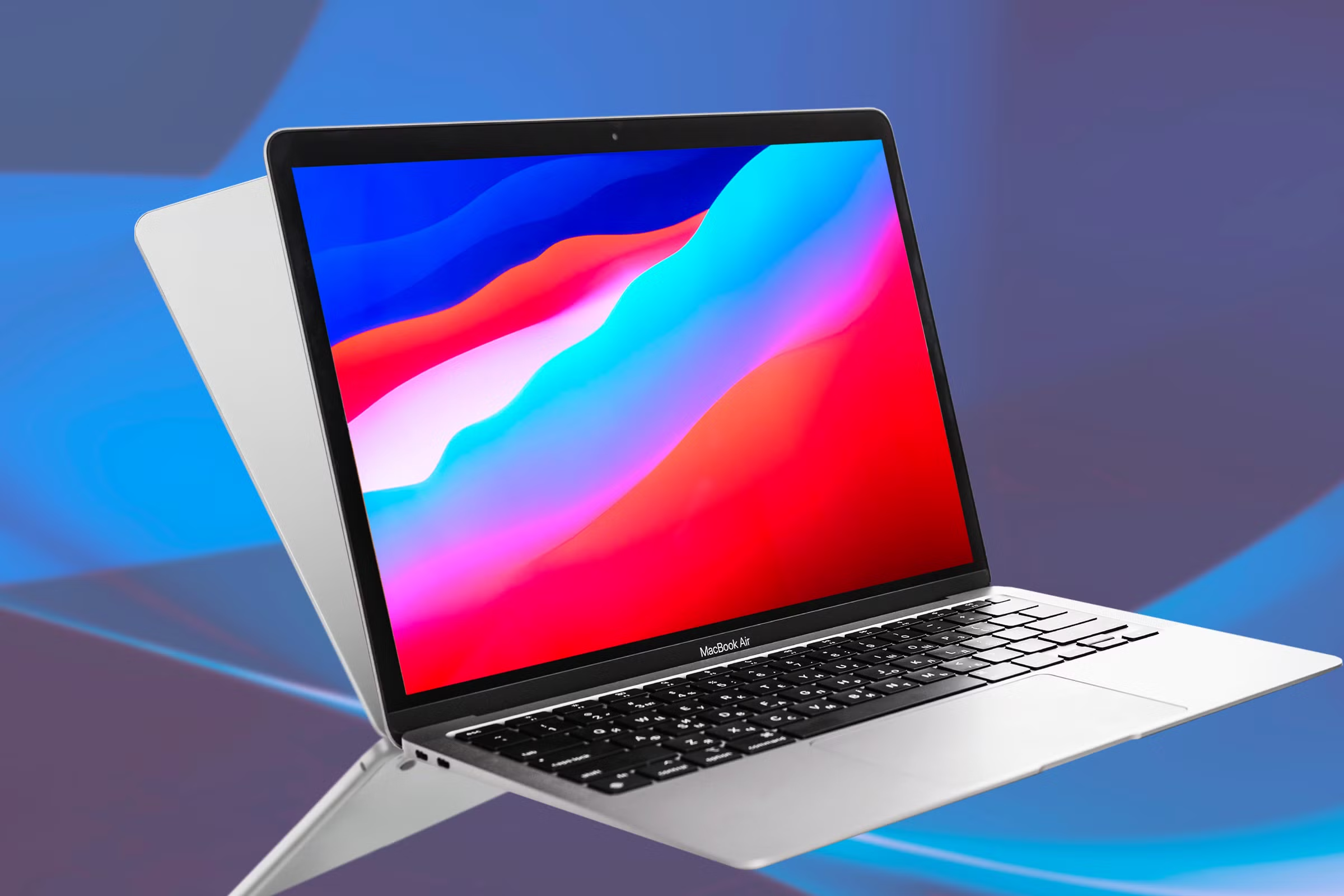It’s hardly unexpected that the era of portable electronics, such as laptops, has arrived. According to the data, the notebook industry is growing far more quickly than computers and technology, which is why new models are being released and demand is steadily rising.
A laptop is a type of computer that may be conveniently transported to different places. Another name for it is a portable computer. It is capable of operating files and programs that are comparable to those on a personal computer. A laptop may run on a rechargeable battery and has built-in speakers, a keyboard, a touchpad, and a monitor. Bill Moggridge, a British designer, had originally created it. The portability of a laptop has led to its widespread use.
Benefits of laptops:
1.] Mobility:
The primary benefit of a laptop over a desktop computer is its portability. The laptop’s lightweight, small size, and internal battery allow it to be easily moved from one location to another. A lot of models are frequently used at parks, cafes, or while being hauled around in cars.
2.] Finalized item:
Using the laptop alone, without any other gadgets, is simple. Everything is included, including a built-in keyboard, speakers, microphone, touchpad, built-in microphone, and built-in camera on many laptops.
3.] Access to the internet
The second reason for the surge in demand for laptops is internet access, as they enable users to access the web via wireless technology like Wi-Fi.
4.] Functioning offline:
It’s also convenient to use the laptop for presentations of any kind. In this instance, you are not reliant on the venue’s technological infrastructure. There is no need to connect to the mains because the laptop may operate solely on battery power.
5.] Quick –
Generally speaking, having a laptop with you allows you to instantly access any kind of information, personal or business. Better cooperation amongst coworkers or pupils is the outcome.
The drawbacks of laptops
1.] Regular Updates
The integrated nature of the laptops makes upgrades challenging. The hard drive and RAM are the only components that will be upgraded because they are the only components that the user can access. It’s really challenging to fix. Since each laptop has a unique, patented design and structure, upgrading them is challenging. They also require a considerable cost of upkeep.
2.] Increased cost
In comparison to PCs, laptops are more expensive since they require more expensive smaller components.
3.] Challenges with personalization
There is no possibility on the laptop to customize it to one’s specifications. The computer’s memory and disk drive are the only areas accessible through the laptop. The contrary components are more difficult to reach and repair, such as cooling systems, graphics cards, and processors. Thus, in order to keep up with the times, you will need to purchase a new laptop whenever one of the non-customizable parts of the current one becomes outdated.
4.] Extremely uneasy
Because computers are so expensive, they are typically stolen. The abuse of stolen personal or company data by the thieves poses a serious risk. Therefore, knowledge preservation and laptop physical protection are equally crucial.
5.] Health problems
Because laptops have flat keyboards and trackpads, extended laptop use might result in repetitive strain injuries. Users of laptops with integrated screens sometimes stoop to get a better view, which puts them at risk for neck or spinal injuries.
6.] Sturdiness
Because laptops are so portable, they are more prone to deterioration. Regular use can cause components on laptops, such as power jacks, locks, and screen hinges, to gradually deteriorate.
7.] Graphics Cards:
On a desktop, it is simpler to run multiple video cards simultaneously, but laptops have many restrictions when it comes to using video cards because they cannot handle significant power consumption without risking irreversible harm.


